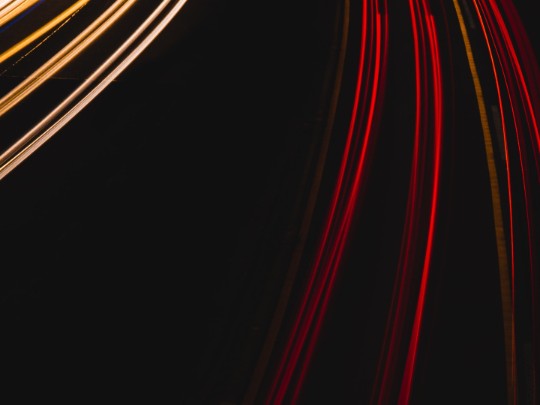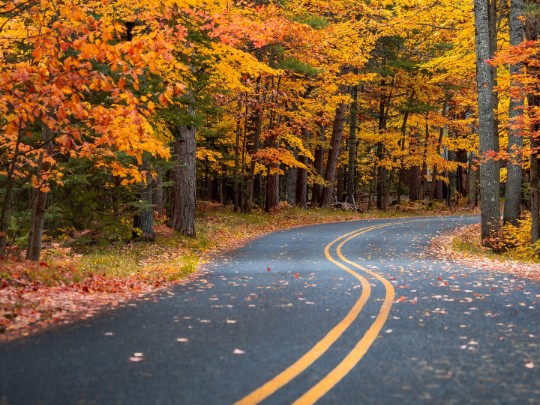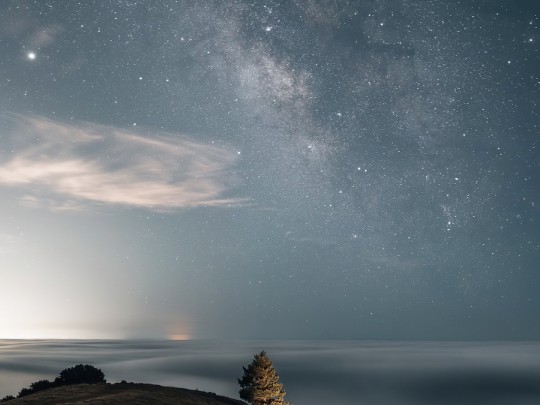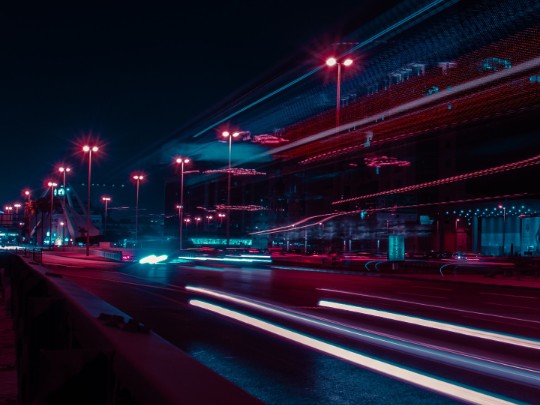Transforming City Streets: A Guide to Stunning Light Trail Photography

Unveiling the Beauty of Urban Motion: Light Trail Photography
Within the seemingly chaotic pulse of city life lies a hidden beauty, waiting to be revealed through the captivating art of long exposure photography. Capturing the mesmerizing flow of traffic and the resulting light trails offers a unique and rewarding challenge – transforming ordinary roads into breathtaking visual works of art. This guide will walk you through the essential techniques to master this exciting photographic genre.
The Foundation: Gear and Settings
The cornerstone of successful light trail photography is a sturdy tripod. It’s non-negotiable! Long exposure times, typically ranging from several seconds to minutes, require absolute stability to prevent blurry images. Next, consider your camera settings. You'll be experimenting with ISO and aperture to achieve the perfect balance of brightness and sharpness. A lower ISO (e.g., 100-400) will minimize noise, while a smaller aperture (higher f-number, e.g., f/8 - f/16) will increase the depth of field, ensuring more of the scene is in focus. Remember to shoot in RAW format to retain maximum image data for post-processing.
Composition: Directing the Viewer's Eye
Beyond just capturing the light trails, thoughtful composition is key to creating a truly compelling image. Look for leading lines – roads, sidewalks, buildings – that naturally guide the viewer's eye through the scene. Consider the rule of thirds to create a balanced and visually appealing layout. Don’t be afraid to experiment with different angles and perspectives. A slightly elevated position can often provide a more dramatic view of the traffic flow.
Embrace the Elements: Weather and Color
The environment plays a crucial role in the final result. Rainy nights, for example, can dramatically amplify the light trail effect, creating brighter, more saturated streaks of color. The color of the vehicle lights themselves adds another layer of aesthetic appeal. Red, white, and yellow lights each offer a distinct visual character. Experiment with capturing these different colors to add variety and interest to your images.
Patience and Experimentation: The Keys to Success
Mastering light trail photography isn't about following a strict formula; it's about experimentation and embracing the unexpected. Be patient, try different settings, compositions, and weather conditions. Analyze your results and learn from your mistakes. With practice, you’ll develop a keen eye for capturing the captivating beauty of urban motion.
Ready to Capture the Light?
So, grab your camera, tripod, and head out to explore the vibrant energy of your city. The beauty of light trails is waiting to be discovered!






